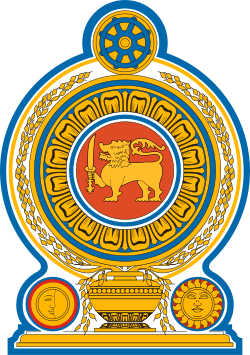This article needs additional citations for verification .(April 2022) |
 | |
| Agency overview | |
|---|---|
| Jurisdiction | Sri Lanka |
| Website | www.museum.gov.lk |
The Department of National Museums is a non-ministerial government department in Sri Lanka responsible for maintaining the National Museums. There are other museum in the country run by the Department of Archaeology and the Central Cultural Fund, Sri Lanka.